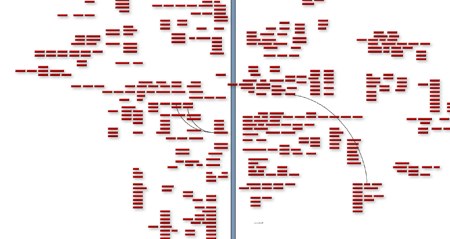Everything Buckets
Alex Payne deplores the use of “everything buckets” like DevonThink and Yojimbo.
If you want to store data of differing types within a lightweight organization system, I encourage you to check out the filesystem.
Payne’s main point is that applications create and use structure. They are better than buckets: trying to do everything in a single application leaves you doing lots of things with a versatile but second rate tool.
What Payne misses — what nearly everyone has missed in thinking about the question — is the process of finding and creating structure. Yes: you want to keep things organized. Yes: you want specialized tools for special tasks. But things don’t arrive with structure (and, when they do, they have the wrong structure!) and the kinds of structure you want are always changing.
So, Payne is wrong: you do need an everything bucket because sometimes you get a receipt or a podcast and you just want to say
Keep this, don’t lose it, but I’m really busy now so GET IT OUT OF MY FACE.
And sometimes you want to say
I have no idea what this means, but I bet it will make sense after I learn to read Farsi.
So, sure, keep an inbox, or a bucket. Use the file system if you like, use Yojimbo or Devon or whatever if you like. Use ’em all: you can have two separate piles of paper in your office!
Just don’t ask them to do more than they can. Plan to take stuff out, sort it, handle it. Put the financials into a financial program. Put the images into an image library. Put the ideas into Tinderbox.

One of the Big Ideas underlying Tinderbox is incremental formalization: gradually adding and revising structure as you discover it and as you need it. It’s the opposite of the old rule that you should handle each message once and once only. When we’re talking about ideas, about important facts and crucial observations, you want to come back to them, examine them, set them out and put them away more neatly than you found them.